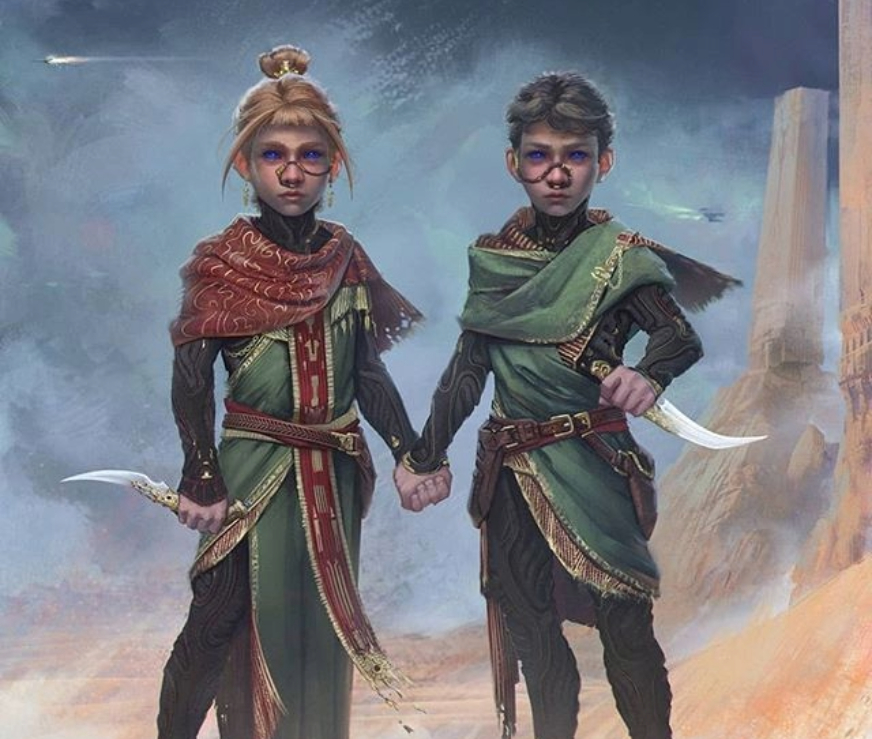“One uses power by grasping it lightly. To grasp too strongly is to be taken over by power, and thus to become its victim.”
Frank Herbert. Children of Dune
The second Dune book, Children of Dune is one of the fan favorites in the series. Personally, it wasn’t my favorite. In fact, reflecting in the current moment it is probably my least favorite of the first four books. Despite this, I still liked the book, it just was not the most engaging for me in terms of the story. This is of course my personal opinion, and frankly calling it the worst book would definitely be a hot take.
Leto II and Ghanima are the main characters of Children of Dune. The book also follows Alia and Jessica (Paul’s Mother) as they grapple for power in the vacuum created by Paul’s choice to wander into the desert. The most interesting part of this book was that Frank really dug into the idea of Ancestral Memories. Basically, an ability of those who have completed the spice agony, which allows them to look into the lives of their ancestors.
Ancestral Memories are sort of a complex idea so I will attempt to explain it in more depth instead of digging to deep into spoilers about the plot of the book. The Bene Gesserit witches are known for their ability to reach into their Ancestral Memories through a transformation known as the Spice Agony. This involves drinking a poison derived from Spice and transmuting the poison in an extremely painful process. The result is what is called becoming a Reverend Mother. The title refers to both a rank in the Bene Gesserit and the accomplishment of unlocking Ancestral Memories. The Bene Gesserit women are only able to access the female side of their memories and this is part of the reason they have been breeding people to create what Paul becomes: The Kwisatz Haderach. When Paul drinks the Water of Life and becomes a “Reverend Mother” he gains access to millennia of memories from both the male and female sides of his family tree.

